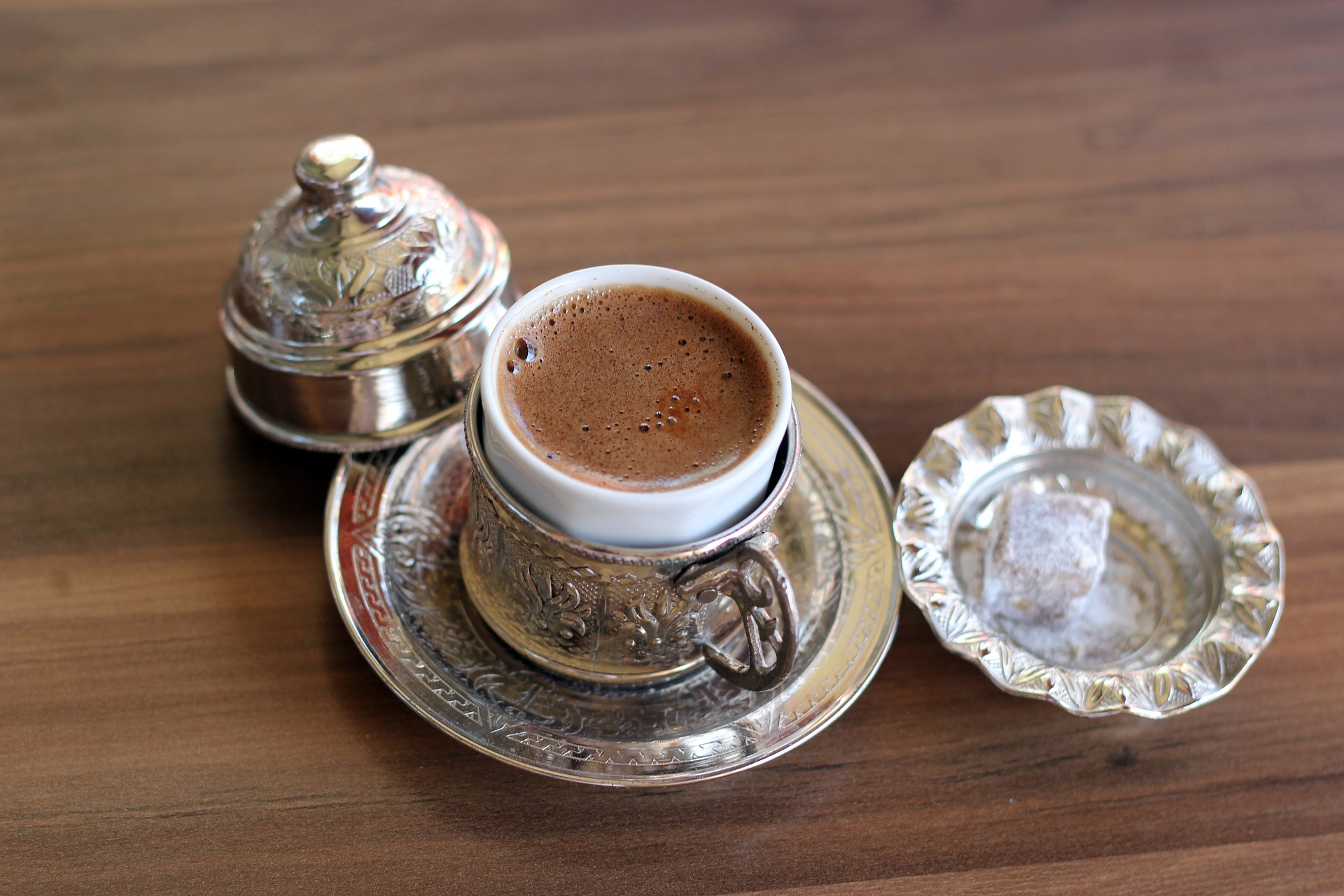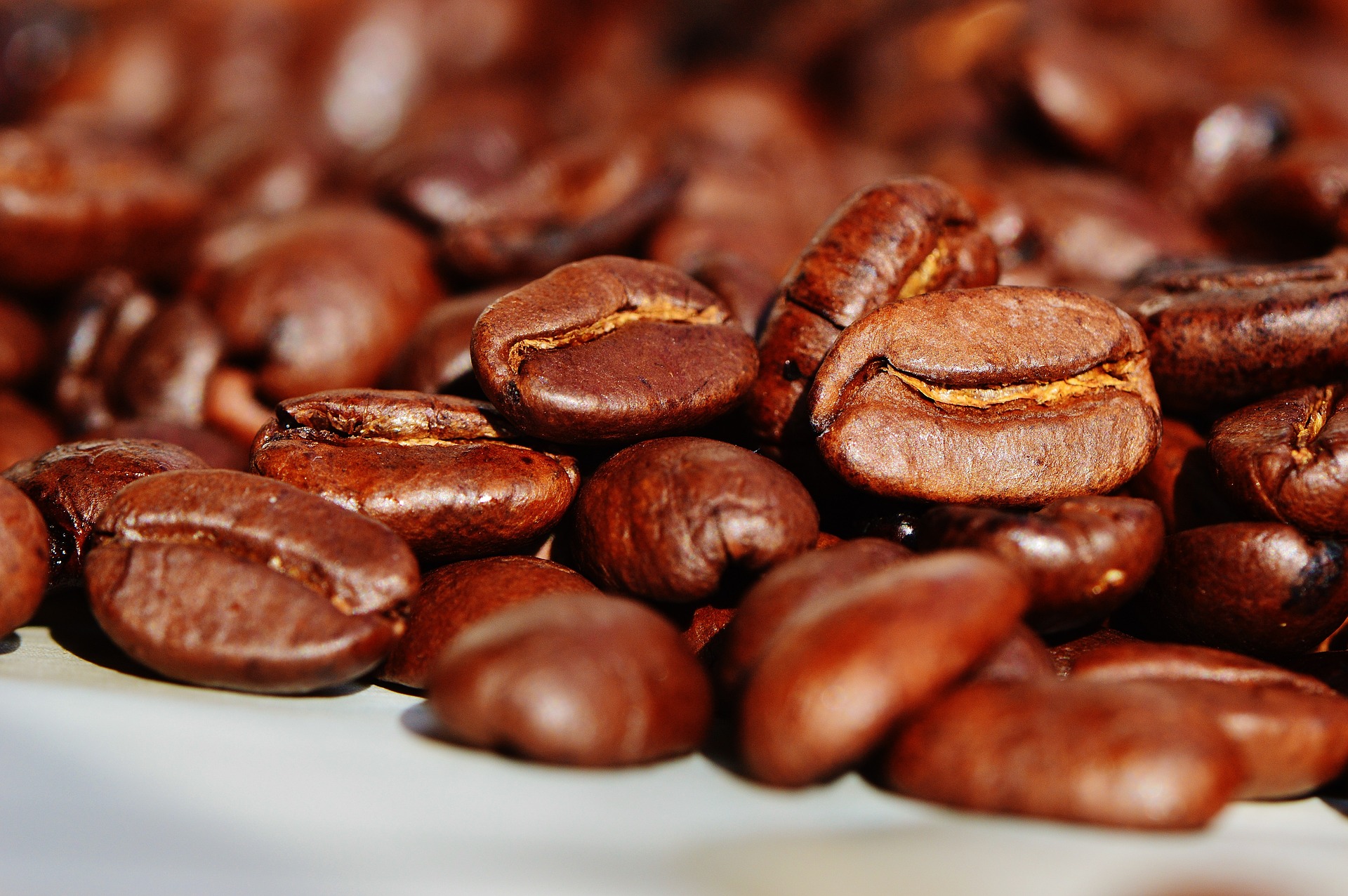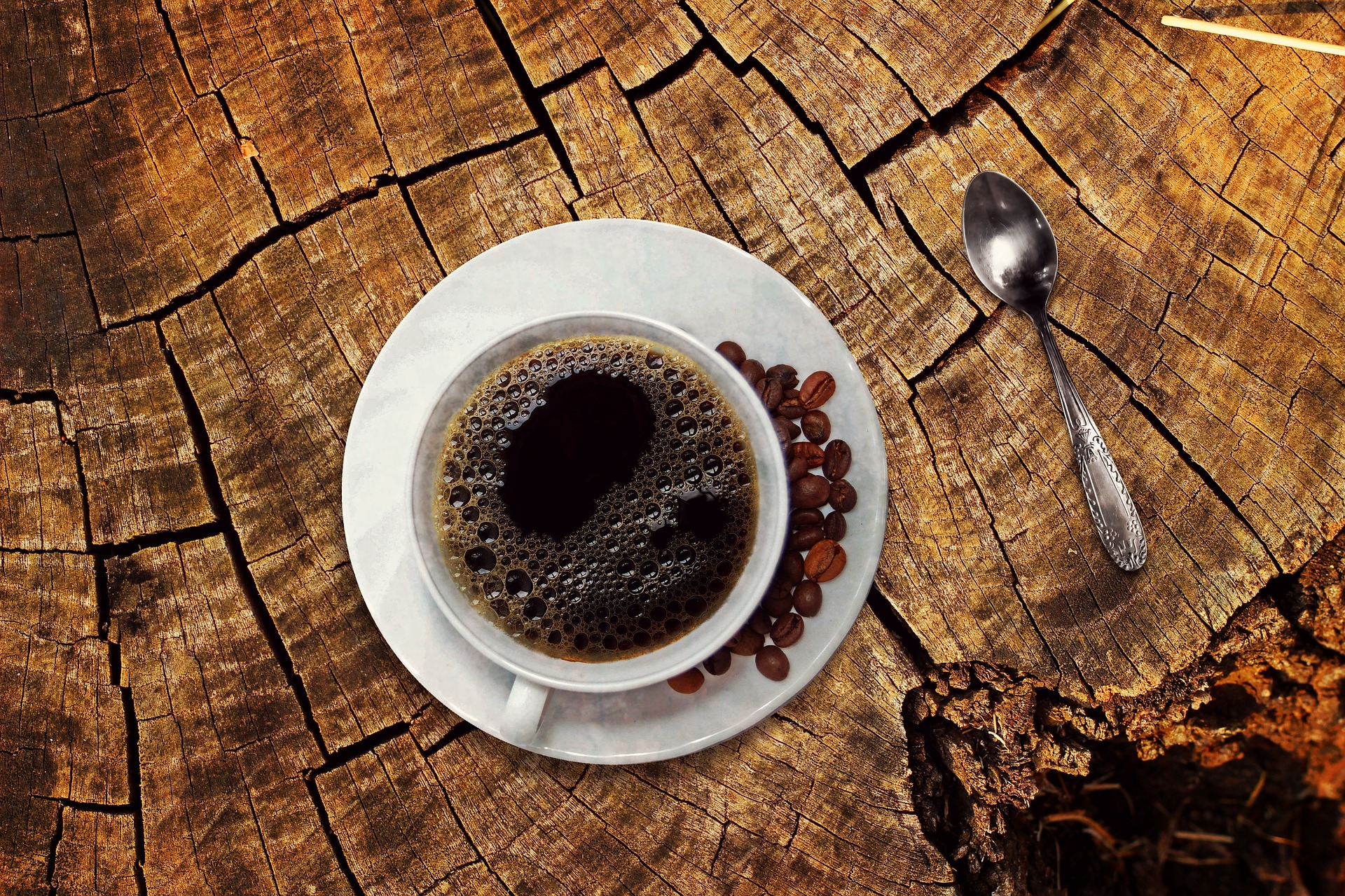The history of coffee in the Middle East and Dubai

Coffee is an important element of Middle East culture and tradition. In fact, it is a representative symbol of their hospitality. Even now, in any government building or private home, visitors are always welcomed with a small cup of coffee. The term normally used in Emirates is qawha, although in some other countries of the Middle East, according to the dialect, variations not very different from this word can be heard. For a deep dive into the history of coffee - read this guide by Home Grounds.
A demonstration of the cultural importance of coffee in the history of the Middle East is the opening in Dubai several years ago of the Coffee Museum, where it is discovered that the origin of this precious grain comes from a bush (Arabic coffee tree), native to Ethiopia, which can grow spontaneously up to 10 or 12 meters high.

An ancient legend tells that a shepherd who took his goats out to graze on the steep slopes of the Kaffa province in Ethiopia, formerly called Abyssinia, in eastern Africa. If we accept the legend as the most probable origin, coffee passed from Ethiopia to Yemen, then to the Gulf of Arabia, then to Turkey, Europe and finally to South America.
The qahwa is made from ground coffee beans, more or less roasted, as well as a mixture of spices such as cardamom and saffron. On some special occasions, you can add cinnamon and rose water. Formerly, coffee was prepared from the beginning to the end in the presence of guests, representing the preparation of coffee as a ritual at meetings.

The preparation of the coffee consisted first of roasting the beans in the first coffee maker that they placed on the fire. Once roasted, they were ground with a very simple circular stone mill with a central hole. The ground grains are poured into a second coffee maker where water and the appropriate spices are added and put on the fire to boil. Finally, once you have the coffee infusion, you go to a third coffee maker, called 'dallah', with which guests are served in small cups without handles.
The ritual, when serving coffee among guests, had other requirements. The person serving the coffee, so as not to interrupt the conversation at that time, did not speak and simply continued serving coffee when he saw the empty cups. This process was interrupted when the guest moved with his right hand the cup from side to side, a gesture that meant he did not want more coffee.
The UAE has a museum in the historic district of Al Fahidi, where you can find equipment and ways to prepare the drink in different countries and times. Entrepreneurship is the fruit of the passion of UAE.
In the museum, you can see the coffee being brewed in a piece that is rereading equipment used in the Egyptian palaces, where the drink is heated in containers inside a plate with sand. The museum owner himself, a large importer of coffee, imports these machines from Greece and distributes in the Emirates and region.
Among the various actions taken through the association, are the organization of coffee championships in the Middle East, with the seal of world events, and a social work that includes training people with special needs in coffee-related activities.
2 comments
Leave a Reply